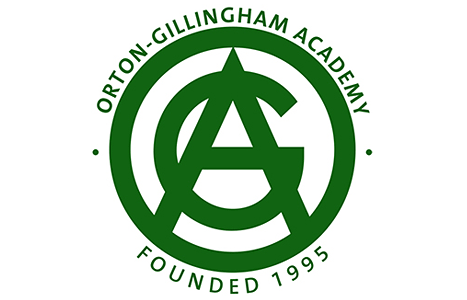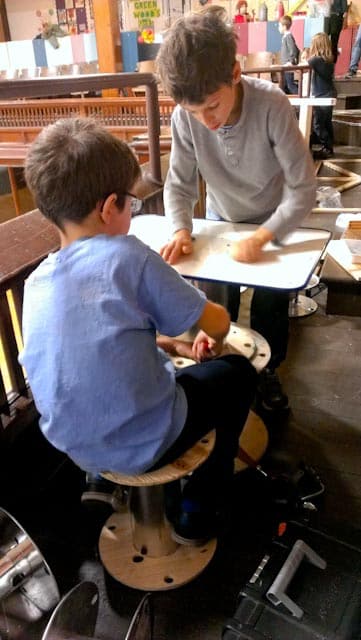Orton-Gillingham Approach
The Orton-Gillingham Approach was created by Dr. Samuel Torrey Orton, Anna Gillingham and Bessie Stillman in the 1930’s to remediate the difficulties associated with dyslexia.

The Orton-Gillingham Approach teaches the structure of the English language to students of all ages, so that they can learn the code and how to read. What was once a seemingly arbitrary and confusing system becomes predictable and clear. The student is empowered by the knowledge gained. Through multisensory practice and systematic teaching our dyslexic learners unlock the power of print.
The Orton-Gillingham Approach uses a structured lesson plan involving all three senses: visual, auditory and kinesthetic/tactile.
The curriculum proceeds from the simple to the complex and from the predictable to the unpredictable.
Phonemic awareness, phonics, morphology, grammar, vocabulary and reading comprehension are all taught using a systematic, cumulative and sequential approach. Orton-Gillingham teachers design lesson plans based on careful observation and error analysis. Thus, instruction addresses specific difficulties and deficits unique to the students in the class as opposed to delivering a scripted “one size fits all” programme.
For further information about the Academy of Orton-Gillingham Practitioners and Educators visit www.ortonacademy.org
Orton-Gillingham: Practical Linguistics Therapy
Orton-Gillingham: Practical Linguistics Therapy is a methodology that teaches students to explore and think about the language they use. The student comes to understand that the language they need to read and write can be conquered. By revealing the underlying logical and linguistic patterns of English, the student learns to decipher the code. This therapeutic approach is suitable for all students of English: kindergarten, grade 1, ESL, ELL, and those with language-learning challenges.
A large variety of teaching methods are employed. Multisensory methods create neural networks linking three modalities: visual, auditory and kinesthetic. Direct instruction delivers knowledge of spelling rules, the alphabet principle, morphology and phonics. Guided Discovery helps engage and motivate, and students learn to “own” the information and personalize their understanding.
The curriculum is:
- Logical
- Cumulative
- Sequential
- Therapeutic
- Differentiated
O.G. Practical Linguistics Therapy provides a comprehensive understanding of the structure of the English language. The curriculum covers English orthography, phonology, spelling rules, sentence structure, syntax, vocabulary acquisition, passage comprehension, reading and writing fluency. The methodology addresses cognitive processes, including, auditory and visual discrimination, memory, and processing. Lesson plans are structured to incorporate occupational and eye tracking therapy where needed. This therapeutic linguistic approach may be applied in a classroom, small group or one-on-one setting.
O.G. Practical Linguistics is a comprehensive therapeutic model unsurpassed in the breadth and depth of its remedial reach.

